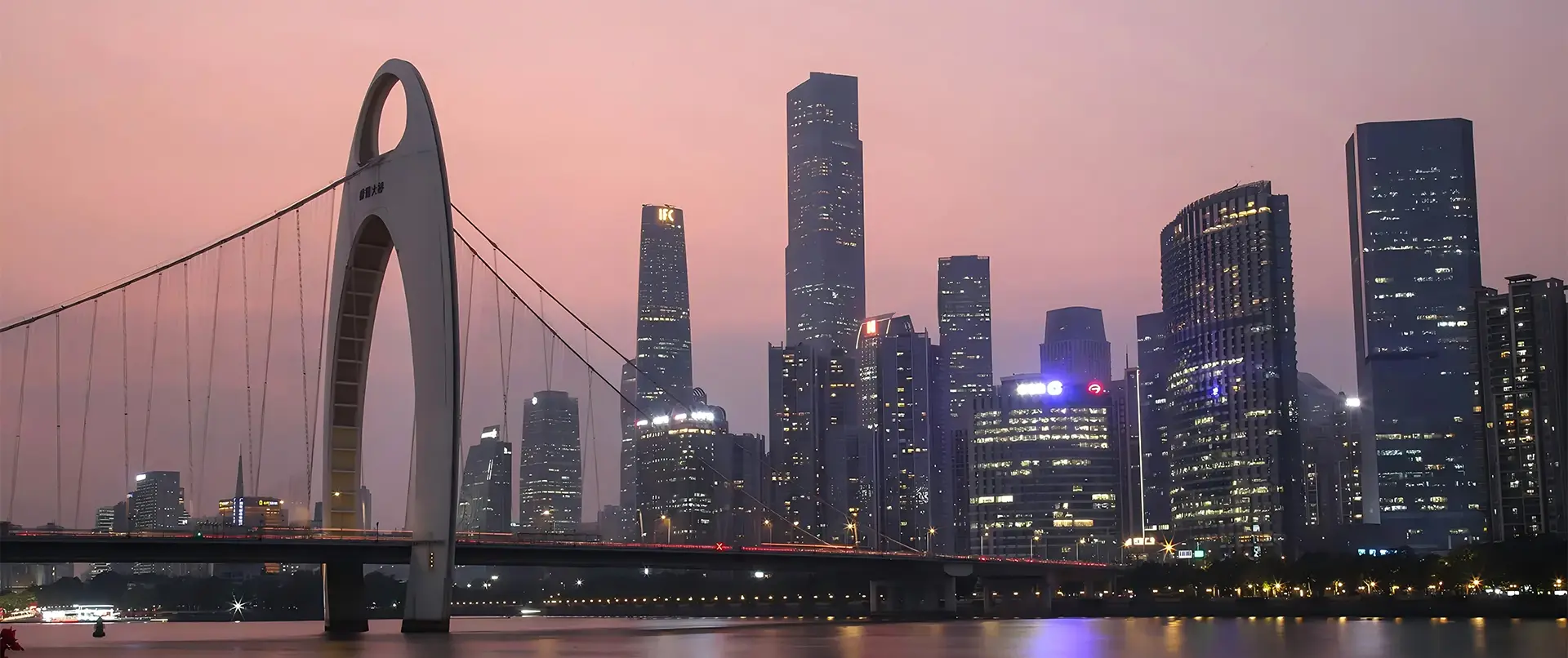Exploring the Future of Design Rendering at the 138th China Import and Export Fair in 2025
As the 138th China Import and Export Fair approaches in 2025, the realm of Design Rendering is poised for transformative advancements that will redefine visual presentations in global trade. This prestigious event, known for showcasing cutting-edge innovations and fostering international commerce, serves as a perfect platform to explore the future of design rendering technologies.
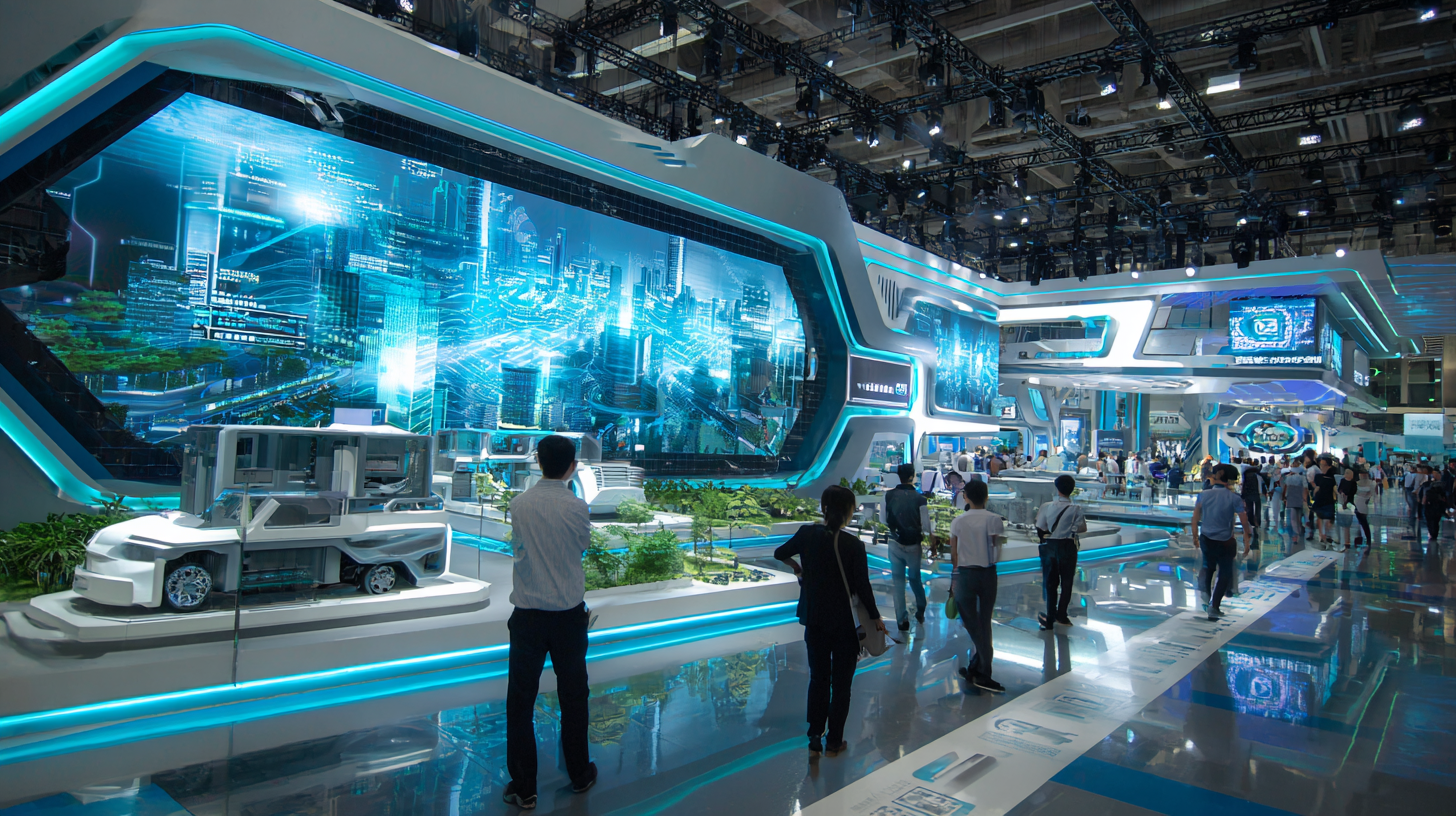
With the integration of augmented reality, virtual environments, and AI-driven design tools, exhibitors and attendees alike will witness how these emerging trends can enhance product visualization, streamline buyer engagement, and elevate the overall aesthetic experience.
The fair not only highlights the evolving landscape of product representation but also emphasizes the critical role that imaginative design rendering plays in bridging cultural and commercial gaps among diverse markets. As we delve into the future of design rendering at this landmark event, the potential for creativity and innovation appears boundless, setting the stage for a vibrant dialogue on best practices and futuristic approaches that could shape the industry's trajectory for years to come.
Innovative Design Rendering Technologies Showcased at the Fair
At the 138th China Import and Export Fair in 2025, attendees can expect to witness groundbreaking innovations in design rendering technologies that promise to redefine visual storytelling in architectural and product design. As industries increasingly embrace advanced technologies, a report by the International Design Association indicates that the global market for design rendering software is projected to grow by 15% annually through 2026. This growth is fueled by the demand for more realistic visualizations in everything from urban planning to consumer product development.
Innovative rendering technologies showcased at the fair will likely include enhancements in virtual reality (VR) and augmented reality (AR), enabling designers to create immersive experiences that allow stakeholders to interact with projects in real-time. According to a study by the Design Futures Council, 82% of designers believe that integrating AR and VR into their workflows has improved client presentations and decision-making processes.
As we explore the future of design rendering, the China Import and Export Fair stands as a pivotal platform for connecting cutting-edge technologies with industry leaders, setting the stage for a transformative era in design practices.
Impact of 3D Visualization on Consumer Engagement and Experience
The 138th China Import and Export Fair in 2025 will showcase the transformative power of 3D visualization in design rendering, significantly enhancing consumer engagement and experience. As brands increasingly embrace immersive technologies, 3D rendering offers a dynamic platform for showcasing products in a way that captivates potential buyers. This visual approach not only provides clarity and detail but also creates a virtual environment where consumers can interact with products, almost as if they were physically in the store.
Tips: When integrating 3D visualization into your marketing strategy, ensure high-quality 3D models that reflect the true essence of your products. Prioritize user-friendly interfaces to facilitate easy navigation and interaction for consumers.
Using 3D rendering effectively can lead to more informed purchasing decisions, as consumers gain a clearer understanding of how products fit into their lives. This interactive experience can foster an emotional connection, building brand loyalty and increasing overall satisfaction. As the fair approaches, companies that leverage 3D visualization stand to gain a significant edge in consumer engagement.
Tips: Regularly update your 3D content to reflect new products and trends, ensuring that your audience always has fresh experiences to engage with.
Exploring the Future of Design Rendering at the 138th China Import and Export Fair in 2025 - Impact of 3D Visualization on Consumer Engagement and Experience
| Dimension | Value |
|---|---|
| 3D Visualization Technologies | AR, VR, and Interactive 3D Models |
| Consumer Engagement Increase | 40% |
| User Experience Rating (1-10) | 8.5 |
| Average Time Spent on 3D Renderings | 5 minutes |
| Conversion Rate Increase | 25% |
| Customer Feedback Positivity % | 90% |
| Sector Adoption Rate | 70% |
| Demo Sessions Conducted | 150 |
Sustainable Practices in Design Rendering for Future Exhibitions
As we look forward to the 138th China Import and Export Fair in 2025, the emphasis on sustainable practices in design rendering is becoming increasingly crucial. The design industry is currently grappling with the effects of climate change and resource depletion, urging professionals to adopt eco-friendly rendering techniques. According to a recent report from the International Design Sustainability Forum, nearly 70% of designers believe that environmentally responsible practices will shape the future of the industry. This highlights the urgent need for designers to integrate sustainable materials and processes into their rendering practices, reducing waste and energy consumption.
One effective way to embrace sustainability in design rendering is by utilizing 3D modeling software that operates with energy-efficient algorithms. This not only reduces the carbon footprint associated with rendering but also optimizes workflow efficiency. Implementing techniques such as virtual prototyping can further mitigate resource use, as it allows for real-time modifications without the need for physical samples.
**Tip:** Consider using cloud-based rendering services that utilize renewable energy sources. This can significantly lower your project’s environmental impact while also providing high-quality visual outputs. Remember, every small step towards sustainability can contribute to a larger, positive change in the design industry.
Exploring Sustainable Practices in Design Rendering
This chart represents the impact scores of various sustainable practices in design rendering as we look toward the future exhibitions planned for 2025. Each practice is evaluated based on its potential contribution to sustainability in the field of design rendering.
Collaborative Design Approaches: Bridging Traditional and Digital Techniques
The 138th China Import and Export Fair in 2025 presents a unique platform for exploring the synergy between traditional and digital design techniques. Collaborative design approaches will play a pivotal role in fostering innovation, as artists and designers draw upon age-old craftsmanship while integrating modern technology. This marriage of methodologies not only preserves cultural heritage but also propels it into the future, ensuring that design remains relevant and expressive in a rapidly changing global landscape.
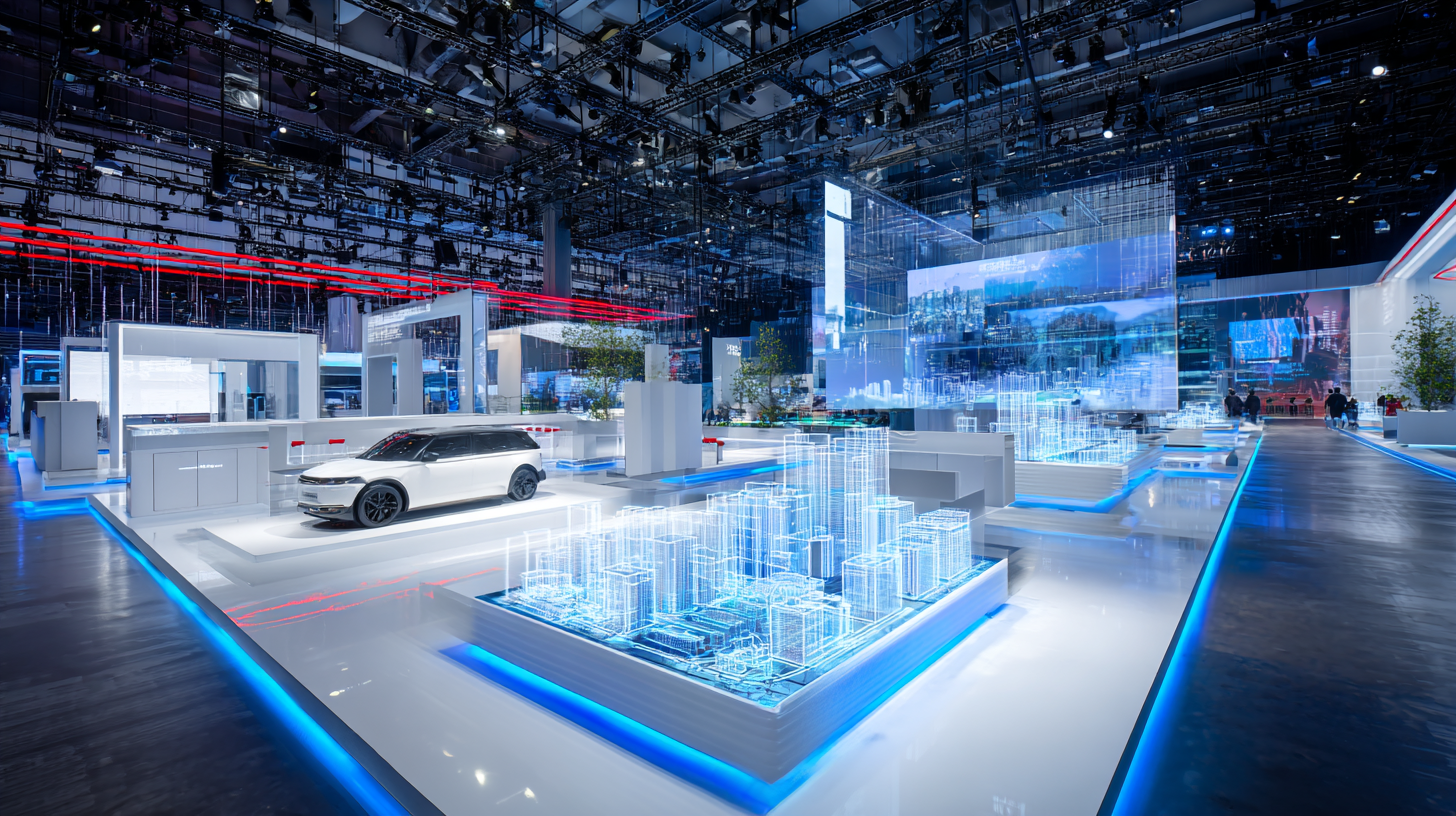
Furthermore, the integration of digital tools allows for greater creativity and efficiency in the design process. Virtual reality and 3D modeling can replicate traditional techniques, allowing designers to visualize and experiment with their ideas in real time. This dynamic collaboration encourages a new generation of creators to push boundaries, blending the tactile nature of manual techniques with the precision of digital design.
As designers convene at the fair, they will have the opportunity to showcase their innovative work, highlighting how these collaborative efforts can revolutionize the art of design rendering.
Emerging Trends in Virtual Reality and Augmented Reality for Design Rendering
The 138th China Import and Export Fair in 2025 is set to showcase the latest advancements in design rendering, particularly highlighting the transformative roles of virtual reality (VR) and augmented reality (AR). These technologies are revolutionizing how designers visualize concepts, enabling a more immersive and interactive experience. As the boundaries between digital and physical environments blur, designers can create, manipulate, and present their work in three-dimensional spaces that allow clients and stakeholders to engage with projects in real-time.
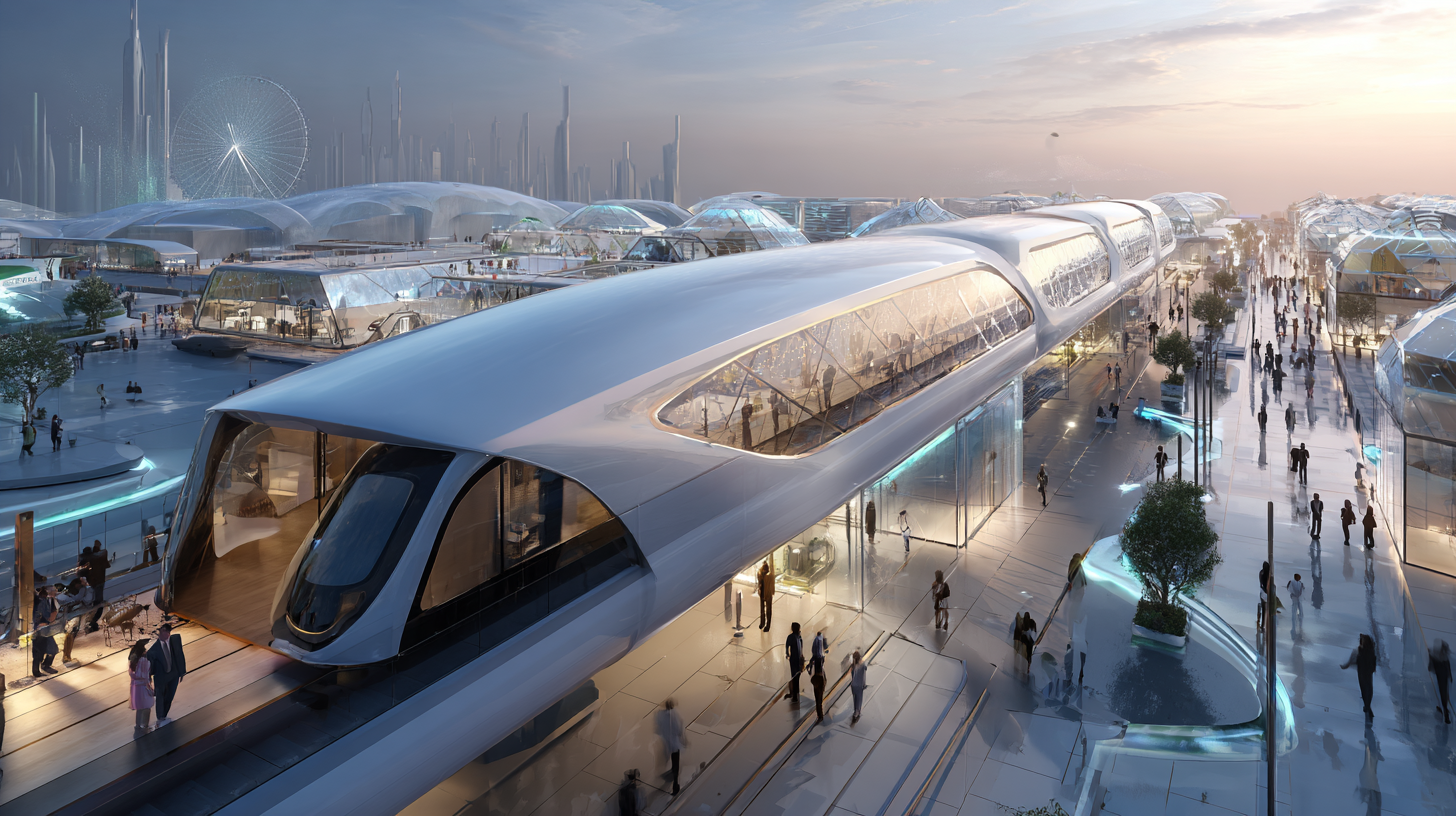
Emerging trends in VR and AR are paving the way for innovative design rendering techniques that enhance collaboration and creativity. For instance, designers can utilize AR to overlay digital elements onto real-world settings, helping clients visualize how a design will integrate into their environment. Meanwhile, VR offers a fully immersive experience where users can navigate through virtual spaces, providing a profound understanding of scale and aesthetics. As these technologies continue to evolve, they promise to redefine the design process, fostering a new era of creativity and engagement in the industry.
Related Posts
-

The Ultimate Guide to Creating Stunning Digital Renderings for Your Projects
-
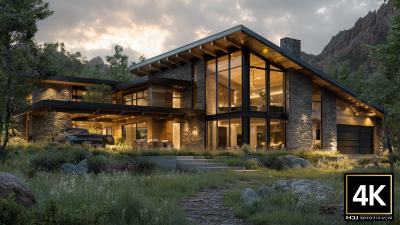
How to Choose the Right Manufacturer for Best Exterior Rendering Solutions
-

Understanding the Best Ai 3d Rendering Techniques and Their Impact on Modern Design
-

How to Enhance Product Visualization with 3D Render Techniques for Maximum Impact
-

Essential Steps for Effective Design Rendering Success Checklist
-

Mastering 3D Rendering: Your Ultimate Guide to Achieving the Best Visuals


